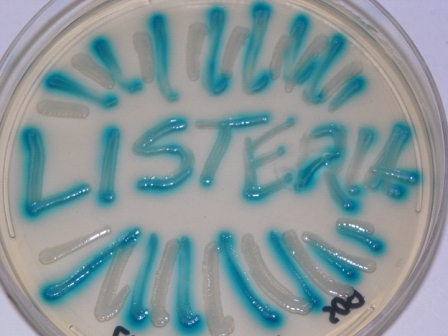Local News
What Is All The Fuss About Listeria

Recent food recalls have forced consumers to throw away foods such as ice cream and hummus because of contamination with the potentially deadly bacterium Listeria monocytogenes.
What is Listeria and why is it considered an important foodborne pathogen? Barbara Ingham, University of Wisconsin-Extension food science specialist provides some background.
Listeria is a hardy bacteria found in soil and water. It can be carried by animals. It can contaminate a processing facility and remain for a long period of time, and it can grow in the cold temperature of a refrigerator.
Listeria is commonly found in unpasteurized milk, and is sometimes found in other foods as well–30 people died in a 2011 Listeria outbreak linked to cantaloupe. About 1,600 people in the United States get sick from Listeria each year.
What are the symptoms? When a person contracts the disease (listeriosis), it can cause fever, muscle aches, gastrointestinal symptoms and even death. Listeria is particularly deadly to pregnant women and their newborns, older adults, and people with weakened immune systems. Listeria is the third leading cause of death from foodborne illness in the United States.
What should a person do if they have contaminated food in their home? The government’s motto is “when in doubt, throw it out.” If you throw something away that you think might be tainted, place it in a closed plastic bag in a sealed trash can to prevent animals or other people from eating it. Some grocery stores may offer a refund if you purchased a potentially contaminated product.
How does a person protect themselves from the illness listeriosis? In the case of the ice cream and hummus recalls, there is nothing you can do to prevent it–just throw away the food if you learn that is has been recalled.
If a fruit or vegetable is contaminated, scrubbing with a brush under clear running water is never a bad idea, but it may not rid produce of all contaminants. In the case of the cantaloupe, the listeria likely hid on the fruit’s thick, rough skin. Some foods such as meat or milk can be rendered safe if fully cooked; heating to an internal temperature of 165°F or higher.
To learn more about food safety and health, visit http://foodsafety.wisc.edu or contact Amanda Miller, Wisconsin Nuturition Education Coordinator/Family Living Educator – Fond du Lac County UW Extension Office at 920-929-3173.


